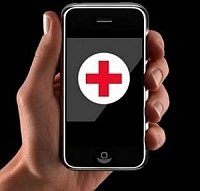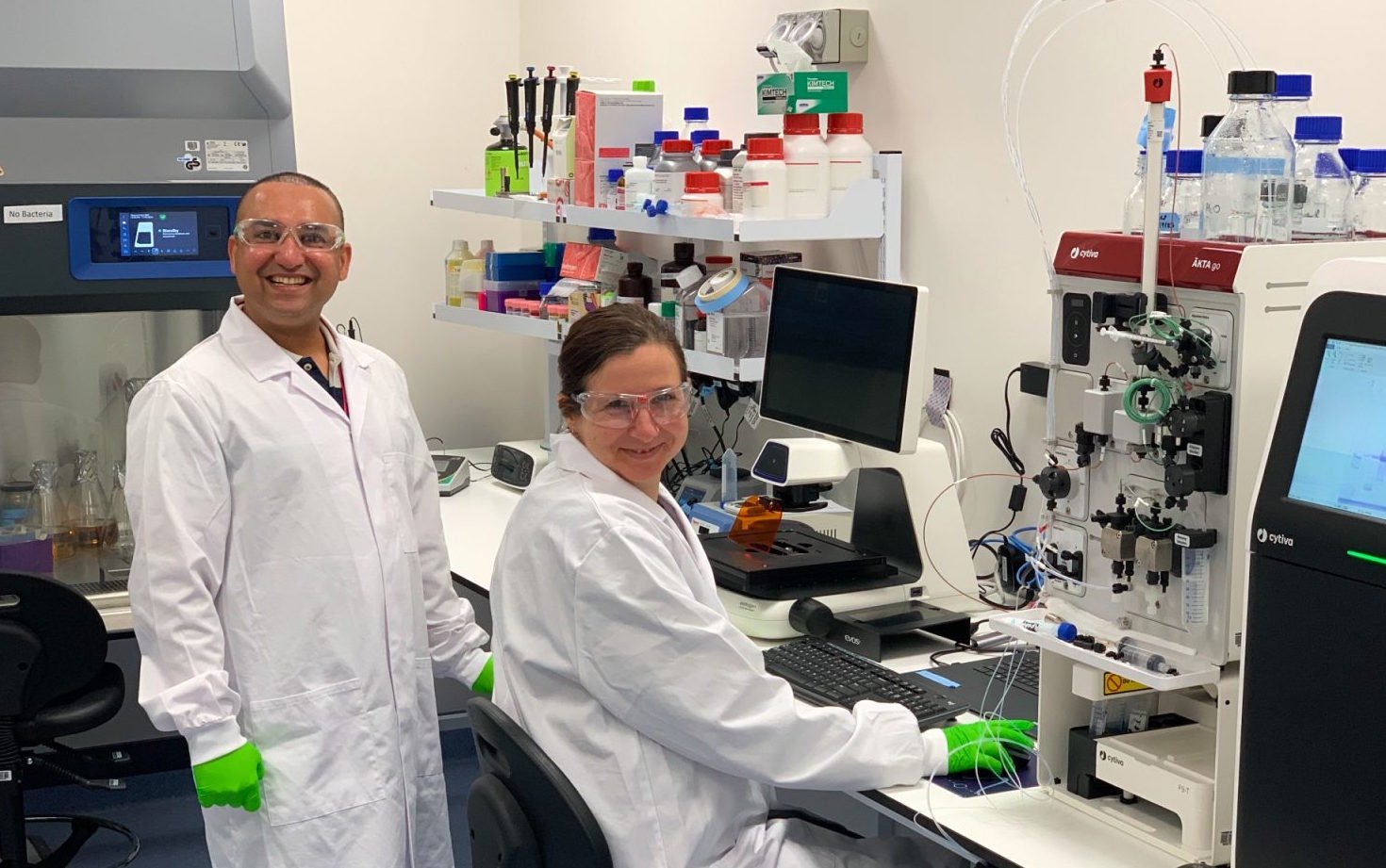The self-monitored healthcare revolution has begun
29 August 2013 | Opinion | By BioSpectrum Bureau

Smartphones are at the heart of the 'self-monitored healthcare revolution'

Wearable technology is changing the face of sport. It is also having an immense impact on the field of health and fitness. If there is one word that describes what micro and nanotechnology embedded devices are bringing to a rapidly growing segment of the population, it is 'empowerment.'
You can only change what you measure. Tracking metrics in the pursuit of a goal is not a new idea. Institutions have long used metrics to gauge strengths, weaknesses, and the impact of changes. Governments monitor unemployment rates, companies monitor profit margins, and schools monitor student grades. But what about measuring yourself? Certainly self-monitoring is not unknown. Athletes have been measuring their training and race performance for years in pursuit of the podium. And bathroom scales have become a mainstay in most people's homes. These are classical forms of self-monitoring. However, today, everything we do generates data. We are on the cusp of a revolution in how we approach our health.
The more we learn about factors that affect our well being, the more we want to know. We are drawn into an information exchange involving elite and casual athletes as well as ordinary people experiencing the benefits of wellness awareness and control. Armed with in-depth details about our physical, mental and emotional risks and condition, we begin to share and compare. Which explains why the new monitoring devices are creating a community of fitness and wellness driven people who may never run a marathon, but who are excited about exploring the intricacies and meeting the demands of the remarkable one and only body they own.
By 2016, over 80 million monitoring devices will be delivering key performance data to dedicated fitness enthusiasts. In the same time frame, sales of wearable technology related to healthcare will pass $2.9 billion.
Wearable tech meets smartphones
Data alone is not useful until it is transformed into actable information. At the heart of the revolution in self-monitored health is the smartphone; the Swiss Army knife of communications tools that puts achieving and maintaining personal wellness in the palm of the hand by way of apps that enable and inspire a custom approach to staying fit and pursuing a healthy lifestyle.
Smartphones bring together computing power with access to cloud-based databases and services, GPS, and built-in cameras and accelerometers. Merged with data from other external sensors, the possibilities for applications and services become endless. When Alberta-based 4iiii Innovations launched its monitoring products in 2011, the focus was on athletics.
The goal was to provide the wearable technology customer with data delivery options that work seamlessly and across different operating platforms to enable an existing suite of software hardware choices. The Company's Sportiiiis heads-up display uses colored LED lights placed in the user's peripheral vision to indicate pre-programmed 'zones' for heartbeat, speed, cadence and power. The athlete gets real-time data without taking his or her eyes off the road. This year, 4iiii Innovations introduced Viiiiva, a heart rate monitor that bridges all the other biometric data to an iPhone and also provides other metrics such as R-R interval used for heart rate variability (HRV) and heart rate recovery (HRR).
With the launch of these products, the company has extended its reach beyond core athletes. Fitness apps including MapMyRun and Strava have exploded to let people plot their run or bike ride on a map while tracking their heart rate and pace, perhaps taking a photograph along the way, and then sharing data and photos with friends on Facebook or uploading their session to challenge a fellow runner or rider for a coveted position on an online leader board. Meanwhile, health and wellness apps such as SweetBeat and ithlete are offering the ability to track heart rate variability (HRV) and heart rate recovery (HRR) to assess readiness for exercise, stress levels, determine food allergies, and even detect underlying chronic health issues.
What is the appeal of these apps? The answer is 'fun'. Apps that have embraced the concept of "gamification" (integrating gaming principles into an application) have seen a rise in user engagement. The aspect of community also plays a part in the success of apps. Sharing data with our friends, and maybe even with strangers supports our desire to belonging and enjoy strong self-esteem.
Challenges and benefits
The data gleaned from self-measurement must be treated in the context in which it is gathered and without the control over variables that exists in a lab setting. The placebo effect may also play a role. When a user records their mood in a health app, are they feeling happy because their health score was good or is their health score good because they are happy? Correlations in data do not directly translate to cause and effect. But if we feel better because we are making positive changes in our health through monitoring, we should perhaps simply acknowledge the improvement and not ask why.
So what are the benefits? With wearable technology, good health is getting personal. The individual is seeing the cloudy 'mystery' of staying well lifted and is now awash in self-control, with the power of choice and near-infinite options at his or her fingertip. People from every walk of life are discovering the overwhelmingly positive effect that a closer and more intimate understanding of their bodies can have on well being and longevity. Today, owning one or more of a daily-expanding array of devices designed to describe in detail the status of our health is rapidly becoming a 'must.' In the past, many have embraced a 'what you don't know can't hurt you attitude' toward maintaining good health; living in dread of standing naked in a doctor's office and being told 'this doesn't look good.' But now we have the affordable means to have a 'check-up' on a daily basis - and in complete privacy.
The potential future benefits are staggering. The self-monitoring trend has real potential to create a feedback loop back into institutions already well versed in the use of metrics. Corporate wellness programs are coming into play as human resource departments realize that a happy and healthy employee is a more productive employee. It is likely that a good percentage of these programs will have a mobile tracking component.
mHealth (mobile Health) now has the ability to morph the way healthcare services are delivered and distributed. This may open the door to virtual or FaceTime visits to the doctors. Fewer in-person appointments would allow doctors to treat more patients more personally and reduce wait times.
More data means bigger and richer databases with piles of information and profiling for biometrics, sleep stages, and physiological responses across many genders and ages. Access to the databases by researchers could lead to more cures for diseases, better health maintenance and disease, and reduced medical costs.
Not surprisingly, companies that are getting into the business of wellness, are doing well. The profit potential is enormous, and eager start-ups along with the traditional major players are cashing in on innovation by appealing to a growing market hungry for products that are new and different. As keeping healthy and fit becomes a lifestyle staple, people with a passion for being active will find it harder to say 'I haven't a thing to wear.'












